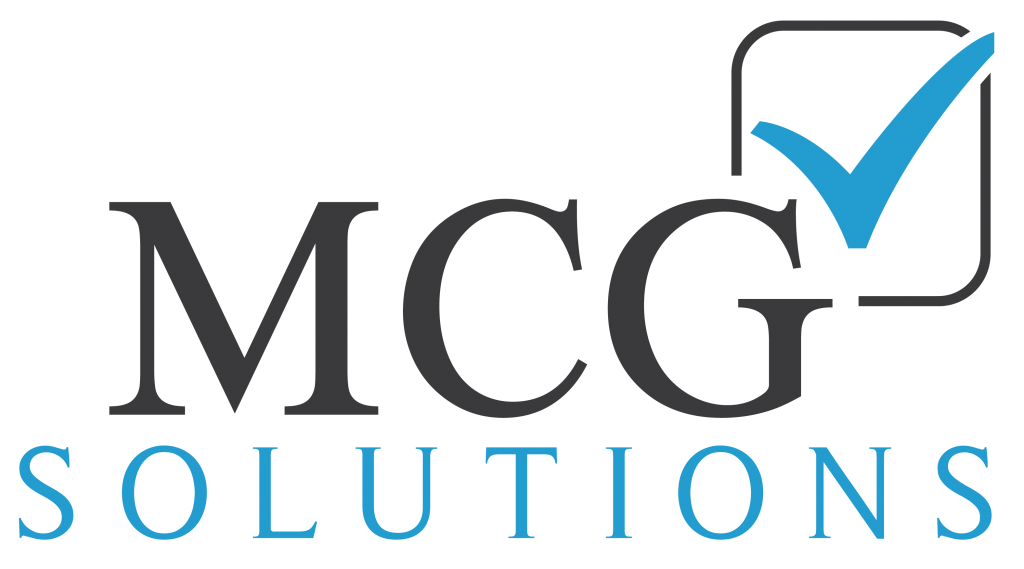For small business owners, understanding your venture’s financial health is the key to long-term success. One powerful tool in your financial toolkit is a break-even analysis.
This method allows you to determine the point at which your business covers all its costs and begins to generate profit. Here’s how it works.
Understanding break-even analysis
Break-even analysis is a financial calculation that helps businesses determine the level of sales needed to cover all expenses and achieve a net profit of zero. At the break-even point, total revenue equals total costs, meaning there are no profits or losses.
To conduct a break-even analysis, you need to identify and understand three key components:
- Fixed costs: These are expenses that remain constant regardless of the level of production or sales. Examples include rent, salaries, insurance premiums, and utilities.
- Variable costs: Variable costs fluctuate in direct proportion to changes in production or sales volume. Examples include raw materials, labor directly tied to production, and sales commissions.
- Sales price per unit: This refers to the price at which you sell each unit of your product or service.
Calculating your break-even point
The break-even point can be calculated using the following formula: break-even point (in units) = Fixed costs, divided by (sales price per unit minus the variable cost per unit).
Alternatively, you can calculate the break-even point in sales dollars by multiplying the break-even point in units, by the sales price per unit.
Why should you use break-even analysis?
Break-even analysis offers several benefits to small business owners:
- Financial planning: Understanding your break-even point helps you set realistic sales goals and develop effective financial strategies.
- Decision-making: Break-even analysis can assist in making critical business decisions, such as pricing strategies, cost reduction efforts, and investment decisions.
- Risk assessment: By knowing your break-even point, you can assess the financial risk associated with your business venture and make informed decisions about its viability.
Step-by-step guide to break-even analysis
- Identify costs: Start by listing all your fixed and variable costs for a specific period, such as a month or a year.
- Calculate total costs: Sum up your fixed and variable costs to determine your total costs.
- Determine sales price per unit: Decide on the price at which you will sell each unit of
your product or service. - Calculate the break-even point: Use the break-even formula to calculate the number of units or sales dollars required to break even.
- Analyze results: Evaluate the break-even point in the context of your business goals, market conditions, and industry benchmarks. Identify areas where you can potentially reduce costs or increase sales to improve profitability.
Break-even analysis is a valuable tool for small business owners who want to understand their financial position and make informed decisions about their operations. By calculating your break-even point, you can gain insights into your business’s viability, set realistic goals, and develop strategies for growth and sustainability.
For help managing your business’s bookkeeping and tax preparation needs, contact the skilled
team at MCG Solutions today.

